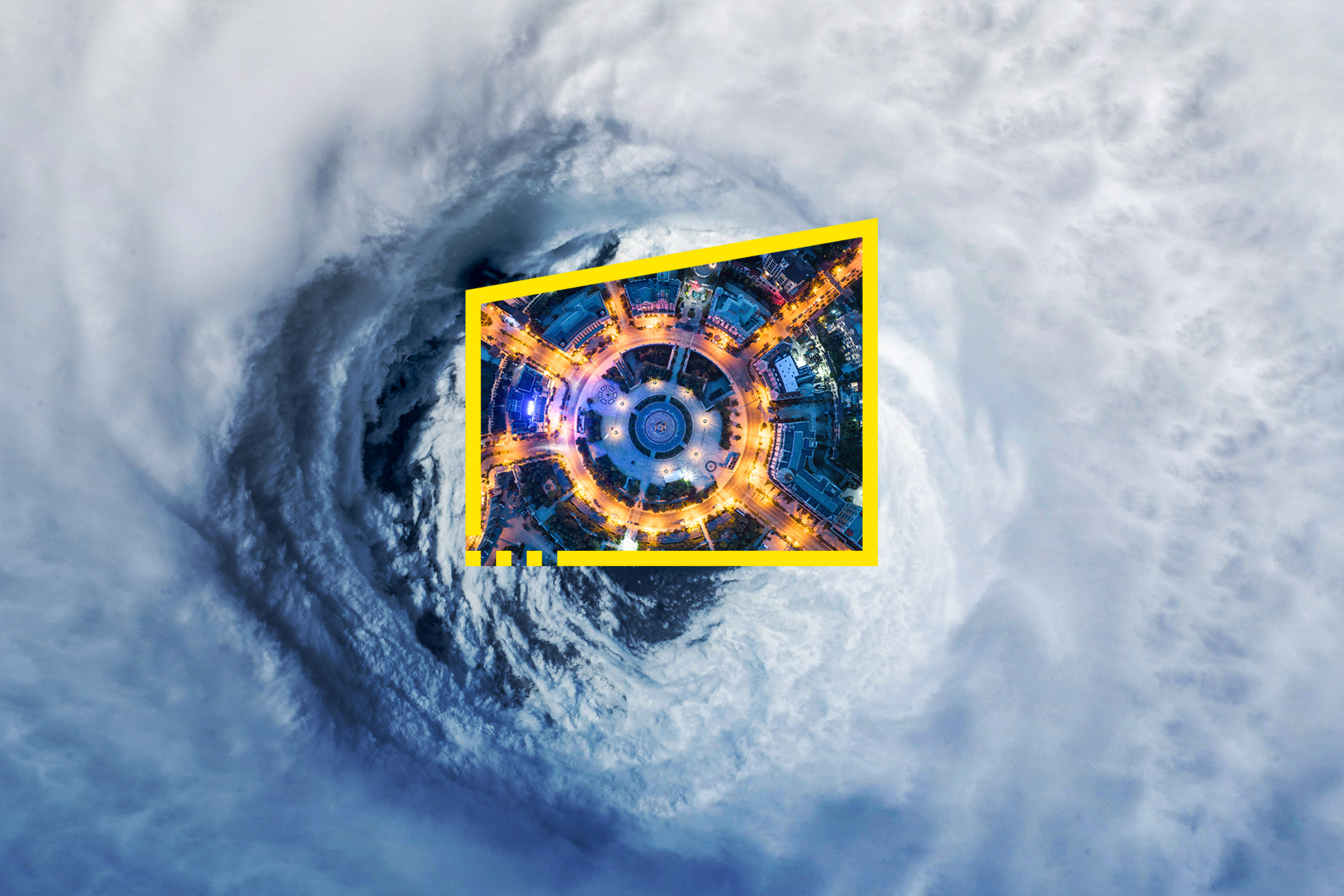EY refers to the global organisation, and may refer to one or more, of the member firms of Ernst & Young Global Limited, each of which is a separate legal entity. Ernst & Young Global Limited, a UK company limited by guarantee, does not provide services to clients.
How EY can help
-
Space Tech will improve life on Earth, using tools that combine high-resolution satellite imagery data with Artificial Intelligence (AI) and Machine Learning (ML).
Read more
So, what is stopping the rail sector from jumping on board?
People often tell us the technology feels innovative and “out of this world” – even if it’s been around for decades – and this can make projects seem risky.
But rail sector leaders are beginning to appreciate the art of the possible. When the EY Space Tech Lab starts conversations with new clients, initial resistance gives way almost immediately and ideas begin to flow. Can we use Space Tech to see how water and vegetation are encroaching on the tracks? Can we reduce weather impacts with predictive maintenance? Can this help us build resilience and adapt to a changing climate? The answers to these questions are found in our satellite data.




